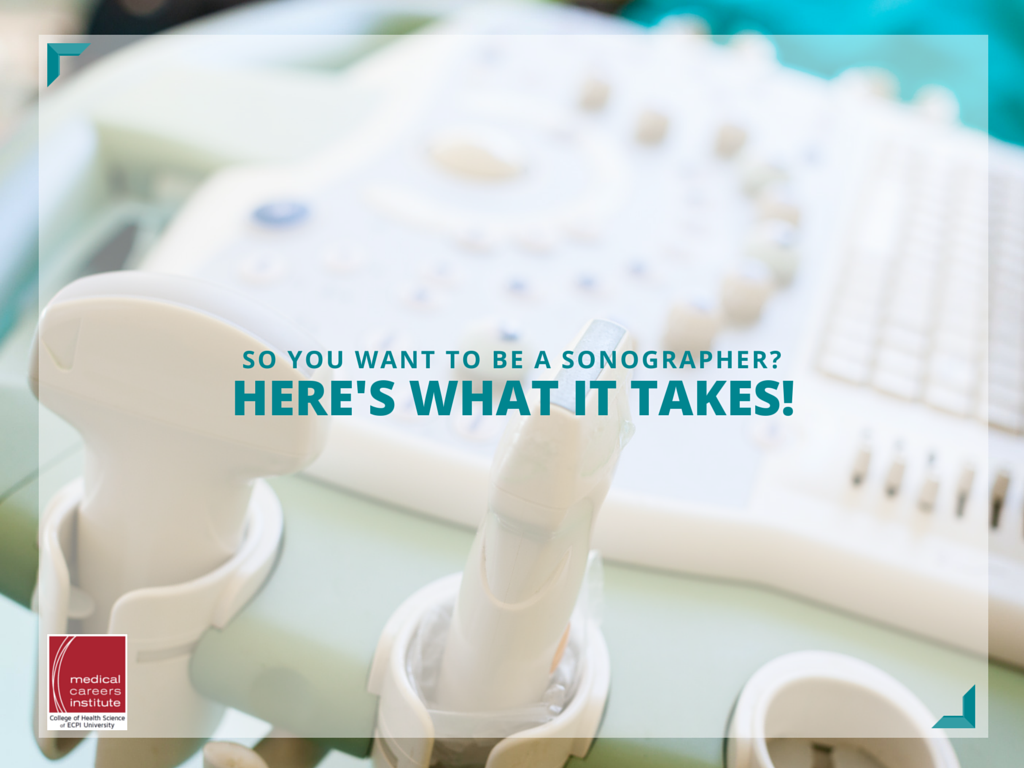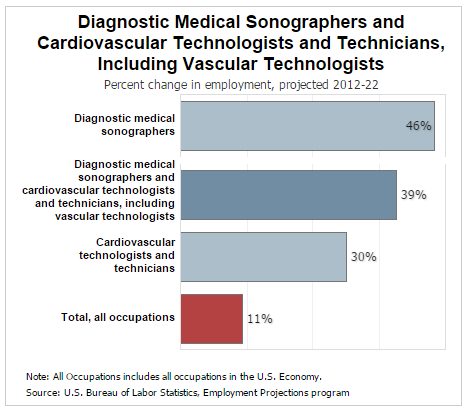 You probably know that bats use ultrasound to find their food, since their little bat hands cannot grasp grocery cart handles. They echolocate, or bounce very high frequency sound waves they make in their tiny bat throats off their flying buffets. Since bats make ultrasounds, they need to hear ultrasounds. Mice also have excellent hearing in the ultrasonic range, as do porpoises and dogs. Dogs, bats, porpoises and mice do not make a big fuss about ultrasounds, and probably just call them “sounds.” Then again, dogs, bats, porpoises and mice do not harness the power of diagnostic medical ultrasound, do they?
You probably know that bats use ultrasound to find their food, since their little bat hands cannot grasp grocery cart handles. They echolocate, or bounce very high frequency sound waves they make in their tiny bat throats off their flying buffets. Since bats make ultrasounds, they need to hear ultrasounds. Mice also have excellent hearing in the ultrasonic range, as do porpoises and dogs. Dogs, bats, porpoises and mice do not make a big fuss about ultrasounds, and probably just call them “sounds.” Then again, dogs, bats, porpoises and mice do not harness the power of diagnostic medical ultrasound, do they?
A Career in Sonography Sounds Good!
Suppose you wanted further proof that we humans are smarter than dogs, bats, mice and the majority of porpoises. You could train to become a sonographer, learning how to use ultrasound in your everyday work to help people, unlock medical mysteries, and sell a lot of pink and blue paint for nurseries.
If you are thinking of becoming a sonographer simply to show porpoises who is boss of the ultrasonic domain, you a) are a little weird and b) will be pleasantly surprised to find out you can be on a financially rewarding possible career track with as little as 19 months of training.
Listen Up!
Just over a year and a half of intensive, enjoyable classes in medical sonography equips you for a possible career path in fascinating medical environments:
- Hospitals
- Laboratories
- Medical Imaging Centers
- Outpatient Care Centers and Mobile Imaging
- Primary Care Clinics
- Private Practice Physician offices
Be the person who reveals the joy of parenthood to new moms and dads. Be the superhero who helps find medical anomalies in time to save lives. Earn prestige and good pay by helping others.
You need education and training, but contrary to rumor, you do not need your own handmade ultrasound machine. Your employer will let you use their machine, because you will be qualified to use it expertly. You cannot, however, take it home with you.
Have You Heard?
Classes that lead to an AAS Degree in Diagnostic Medical Sonography provide detailed instruction in some amazing topics:
- Ultrasound Physics and Instrumentation—This prevents that embarrassing first-day moment when you say, “How does this thing work?”
- Anatomy—Human and Sectional anatomy, so you get the whole picture but can also understand all the tiny, gooey bits
- Obstetrics and Gynecologic Sonography—These classes will prove to you once and for all that new baby sonograms are not actually weather radar maps
- Pathophysiology—Learn to recognize when something does not seem quite right, and how to handle it with patients
 The Sweet Sound of Success
The Sweet Sound of Success
The Bureau of Labor Statistics (BLS)—and here the Bureau means “labor” as in everyday work, not as in contractions and delivery of bouncing baby bundles—notes that employment for Diagnostic Medical Sonographers and Cardiovascular Technologists and Technicians is projected to grow 46 percent through 2022.
If you work for humans you may be able to expect a median wage around $65,860, according to the BLS for 2012. (Work for porpoises, get paid in fish.) The top 10 percent of medical sonographers, says the BLS, earned $91,070 annually in 2012, while the lower 10 percent earned less than $44,990.
By Now, You’re All Ears
If you have been listening at all, you should realize this possible career path can be very rewarding. This means that you do have to earn your way into this exciting profession.
During your education, expect to participate in a clinical externship, where you will work in the field to gain hands-on experience. “The field” in this case does not refer to an actual field, as you would need a very long extension cord to get that ultrasound machine out into the grass, and then your only patients would probably be those little ultrasound-hearing mice.
Qualities that make for good diagnostic medical sonographers, according to the BLS:
- Being detail-oriented—You need to be capable of following precise directions, pay attention to patients and your equipment, and tell the difference between humans and bats
- Good hand-eye coordination—A good diagnostic medical sonographer has the sure hands of a musician, the responsiveness of an athlete, and a bucket of fish for those pesky porpoises
- Physical stamina—Ultrasound machines require hours of standing; patients often require lifting and assistance with movement; blowing ultrasonic dog whistles can be exhausting
- Technical know-how—Operating an expensive and sensitive piece of diagnostic medical equipment, usually coupled to computerized instrumentation, requires a quick mind and a confident spirit
Me and my Sonography class at ECPI MCI! Can't wait to continue our journey! So excited!! #DMS… https://t.co/z6sqsOFAA3
— Lisa Y (@GirlyGirlx1974) July 8, 2015
Ready to Get Started in Sonography? We Hear You!
To test the waters about diagnostic medical sonography, contact ECPI, where 19 months of expert training could earn you an Associate of Applied Science in Diagnostic Medical Sonography, contact ECPI University! You can reach us online, or call—we are ready to listen to your questions and provide you with accurate, informative answers. It could be the Best Decision You Ever Make!
DISCLAIMER – ECPI University makes no claim, warranty or guarantee as to actual employability or earning potential to current, past or future students or graduates of any educational program we offer. The ECPI University website is published for informational purposes only. Every effort is made to ensure the accuracy of information contained on the ECPI.edu domain; however, no warranty of accuracy is made. No contractual rights, either expressed or implied, are created by its content.
For more information about ECPI University or any of our programs click here: http://www.ecpi.edu/ or http://ow.ly/Ca1ya.



